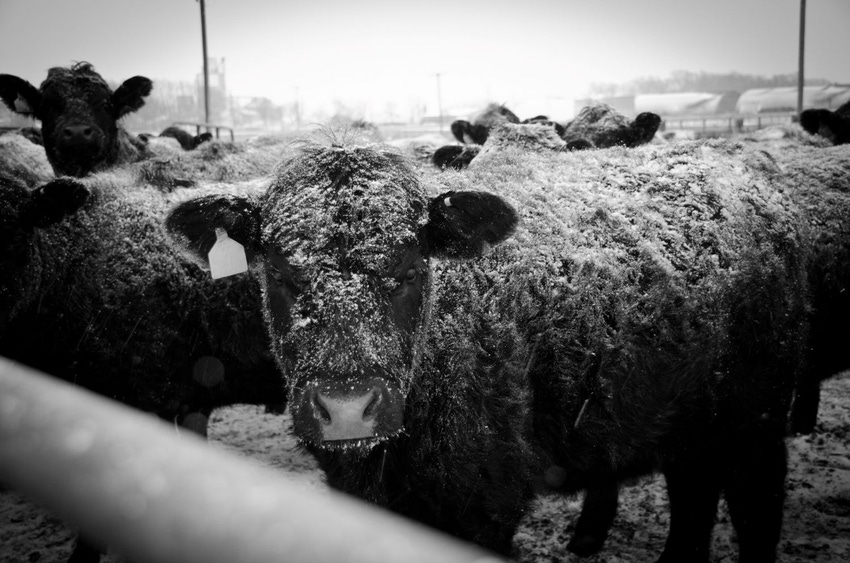Strong counter seasonal finish to the year in process
Cheap cow hay is being sought in many parts fo the United States but producers are coming up empty.
December 1, 2022

Thanksgiving week is a very slow week for cattle markets. But there are a few much talked about market events that are worth repeating and emphasizing.
The feeder cattle and calf movements were light the holiday week. But prices were strong and buyer interest was moderate to good. The summary for Colorado revealed trade of 22 hundred head down from the 26 hundred for the same week last year. Prices for Medium and Large #1 under 400 pounds were greater than $2 per pound while animals between 5-7 hundredweight were $1.65-$1.90 per pound.
The heaviest animals were about $1.65. Trading in western Nebraska and Wyoming was similar – volumes even to down about 10% while buyer interest and prices were strong especially for lighter animals.
Hay and forage markets were somewhat similar. Modest volumes with strong interest. Much of the hay trade in Colorado, Nebraska, and Wyoming – that is not horse hay – is headed out of state and mainly south.
Weather from the prior two weeks is resulting in the need to increase hay feeding in both the northern and southern plains. Fair quality hay in Colorado is firmly $300 per ton. And there is some price reporting of trade in corn stalks, mainly in Nebraska, that is $100 per ton or greater. Cheaper cow-hay is being sought and simply not found.The price received for all-hay in the entire USA as reported by USDA NASS weakened some in September as compared to August – $242 as compared to $246 – but not much.
And the cash fed cattle market continues its march higher. Much of 2022 was spent between $135-$142 per hundredweight and since August cash prices have pushed to $150 and higher.
The board for all of 2023 is solidly above $150 and approaches $160 at the seasonal peaks. The market is pushing past the supply and demand situation that has been the issue since 2017. Fed cattle numbers have been in excess of packing capacity for the past six years. Substantial Saturday operations has been a necessity.
And of course, the situation has been made worse by COVID. But this looks to change in 2023 and firmly change in 2024. The dynamics are made more complicated by the extent and persistence of the dry weather. And the emerging prospects of a slower world and domestic economy.
Source: Colorado State University
You May Also Like



